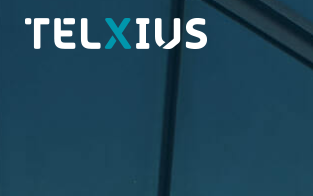Telxius confirmed that 400Gbps Ethernet has been deployed throughout its network and is now ready for service thanks to the technology provided by Ciena and Infinera.
“Telxius’ network is the first to have a 400Gbps Ethernet interface available in both the transatlantic and the LATAM-USA routes, including Marea, Dunant, Brusa, Junior, Tannat and Mistral subsea cables,” stated Guillermo Cañete, VP Network Planning Telxius. “The collaboration with top-tier providers such as Infinera and Ciena opens up possibilities for Telxius to offer enhanced ethernet services to customers that seamlessly support the rapid bandwidth demands of today’s data-intensive cloud and network applications.”
“With cloud networking and data center connections exploding and fueling a huge demand for increased bandwidth and subsea capacity, Infinera delivers the flexibility, capacity, and reach to help ensure that subsea networks continue to stay ahead of bandwidth needs,” comments Ron Johnson, General Manager, Optical Systems and Network Solutions Group at Infinera. “Infinera’s new 800G ICE6 solution is the ideal fit for network operators like Telxius looking to flexibly and cost-effectively scale their networks to meet the rapid growth of bandwidth and deliver efficient support for 400G Ethernet services.”
Telxius has fully deployed Ciena’s GeoMesh Extreme submarine networking solution, which leverages WaveLogic 5 Extreme coherent optics.
“We are pleased to continue evolving our partnership with Telxius to provide the best possible connectivity experience worldwide,” said Ian Clarke, Vice President of Global Submarine Solutions, Ciena.
Telxius operates two of the highest-capacity and lowest-latency transatlantic submarine cable routes.
Marea connects the Virginia Beach Telxius CLS Campus in the U.S. to Sopelana, Spain, and on to the Derio Communications Hub, which in turn leverages the power of MAREA by connecting to major hubs across Europe. Dunant provides additional network diversity across the Atlantic, connecting further north to France from the Virginia Beach CLS.
From the U.S., the 11,000-km Brusa subsea cable system connects Virginia Beach to Rio de Janeiro (Brazil), Fortaleza (Brazil) and San Juan (Puerto Rico) extending to the Tannat and Junior subsea cables for further connectivity across Latin America.
Telxius activates Mistral along Latin America's Pacific coast



















